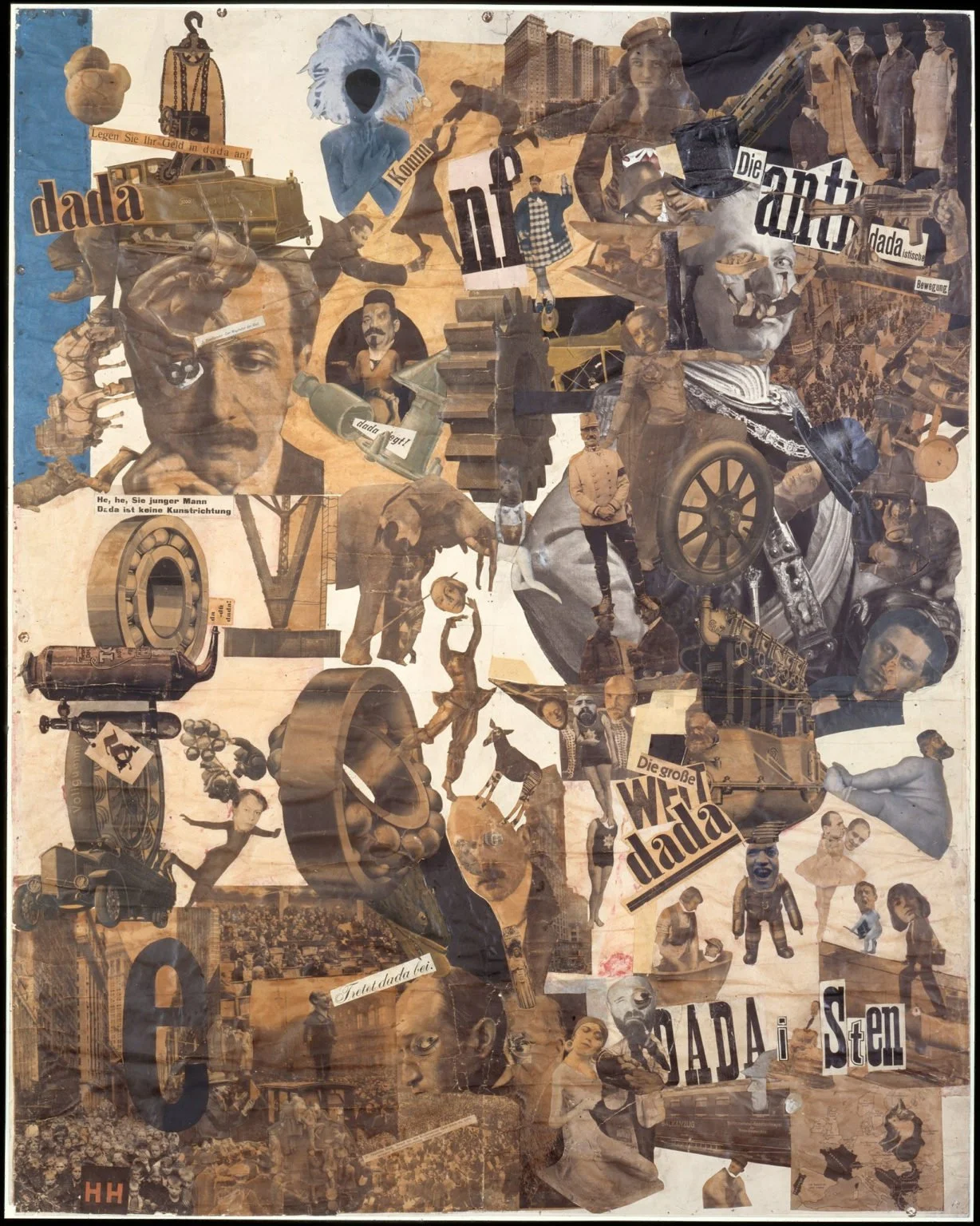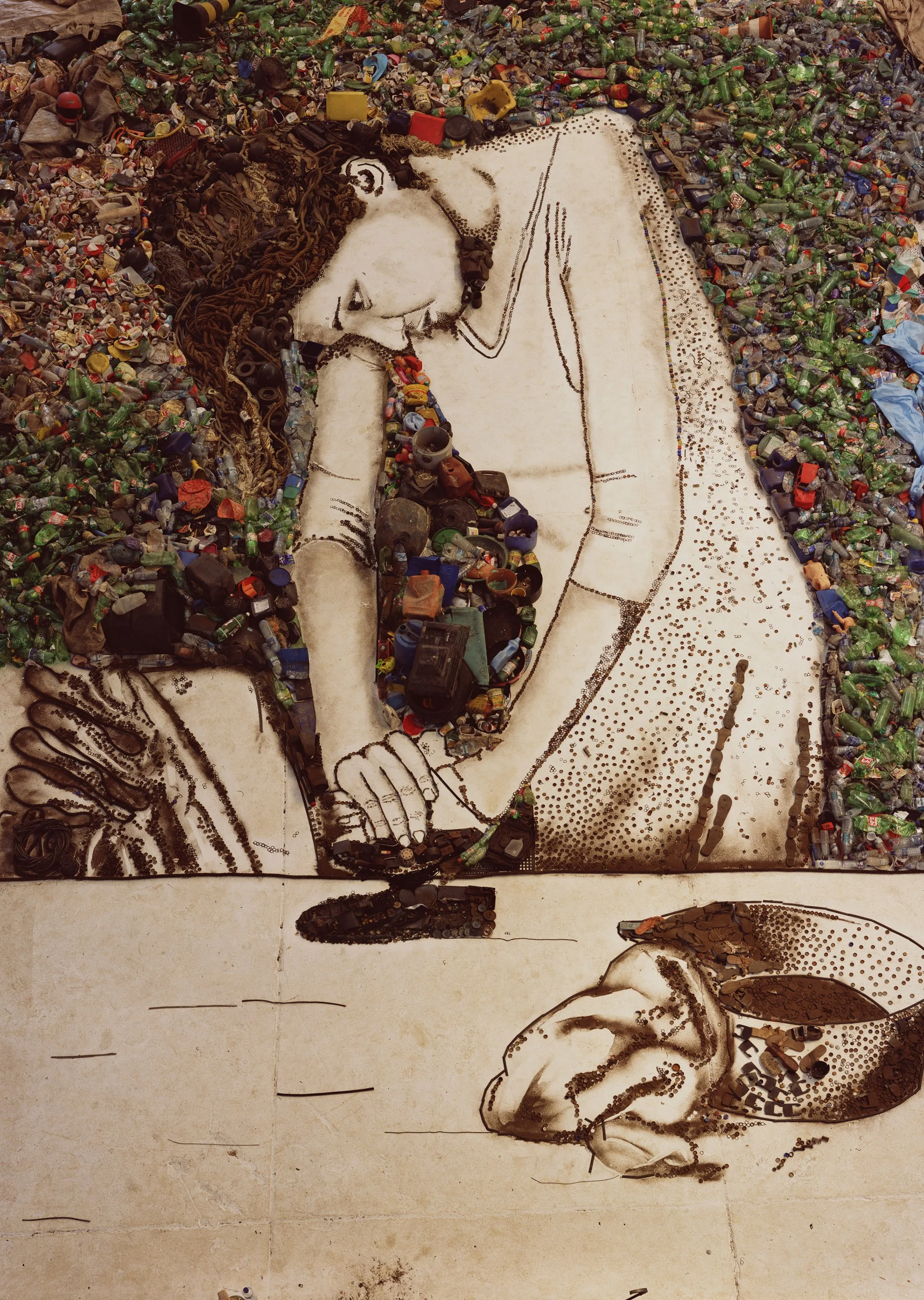Influential Collagists
Hannah Höch (1889-1978)
Hannah Höch's "Cut with the Dada Kitchen Knife..." (1919) is a seminal Dada work challenging societal norms. As a Dadaist and a woman, Höch defied expectations, pioneering photomontage as a tool of cultural critique, reshaping art's political potential and inspiring future generations of feminist and avant-garde artists.
Joseph Cornell (1903-1972)
Joseph Cornell's "Untitled (Hotel Eden)" (1945) exemplifies his magical realm of assemblage. A pioneer of box constructions, Cornell transformed ordinary objects into poetic treasures. His surrealist boxes blend nostalgia, mystique, and meticulous craftsmanship, influencing contemporary installation and conceptual artists, challenging conventional artistic boundaries.
Vik Muniz (b. 1961)
Vik Muniz's "Pictures of Garbage" series (2008) redefines materiality in art. Muniz uses unconventional materials, often garbage, to meticulously recreate iconic images. His commitment to socio-environmental commentary through art challenges perceptions of value, prompting viewers to reconsider societal waste and its impact.
John Stezaker (b. 1949)
John Stezaker's " Mask CCXXXII” 2016 epitomizes his conceptual approach to collage. By juxtaposing and dissecting found images, Stezaker creates enigmatic narratives. His exploration of image manipulation and appropriation challenges conventional notions of identity, making him a key figure in contemporary collage and conceptual art.
Wangechi Mutu (b. 1972)
Wangechi Mutu’s prints, "Histology of the Different Classes of Uterine Tumors," takes imagery from Victorian medical diagrams of cancers in female bodies, pornography, and glossy women’s magazines. Her luscious and complex arrangement of these disparate materials addresses the perpetual objectification of black female bodies. Originally created as a series of 12 collages, the figures also represented colonial power and represent a range of cultural preconceptions.
Sara Sze (b. 1969)
Install, 2022. In employing the full potential of her processes, Sze represents the ephemeral and immaterial in different time scales and durations—from light projections programmed to imply shift and to massive collage/painting works. Sze's diverse practice seamlessly merges sculptural concepts and various mediums. By intertwining physical and digital elements, she intricately shapes two and three-dimensional artworks that asks for close examination and offer a panoramic exploration of the infinite.
Navigating adeptly between mediums, Sze reflects on the modern inundation of virtual experiences, providing insights into connecting with tangible realities in physical spaces.







